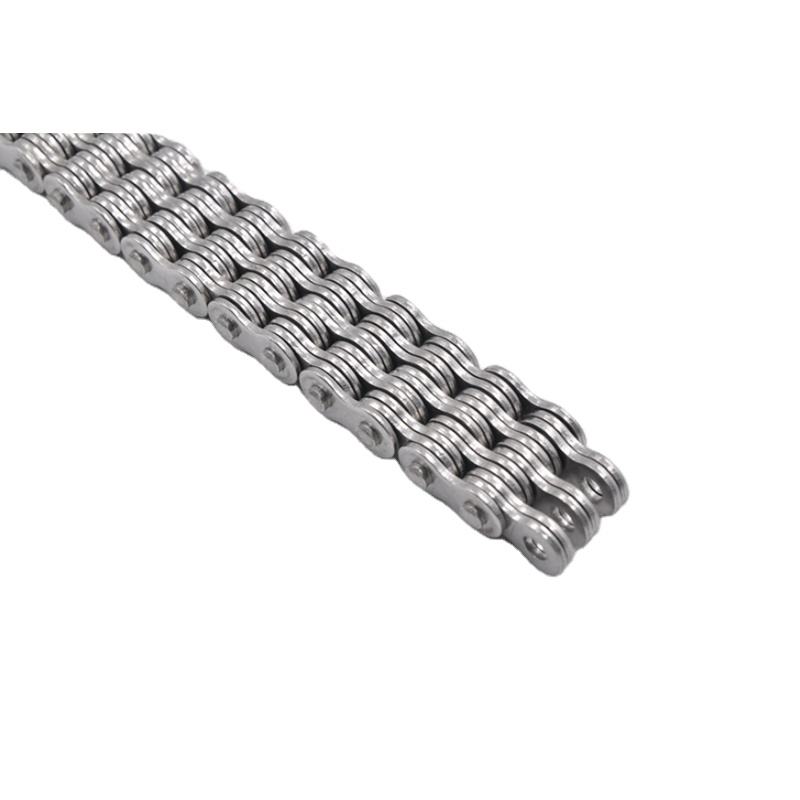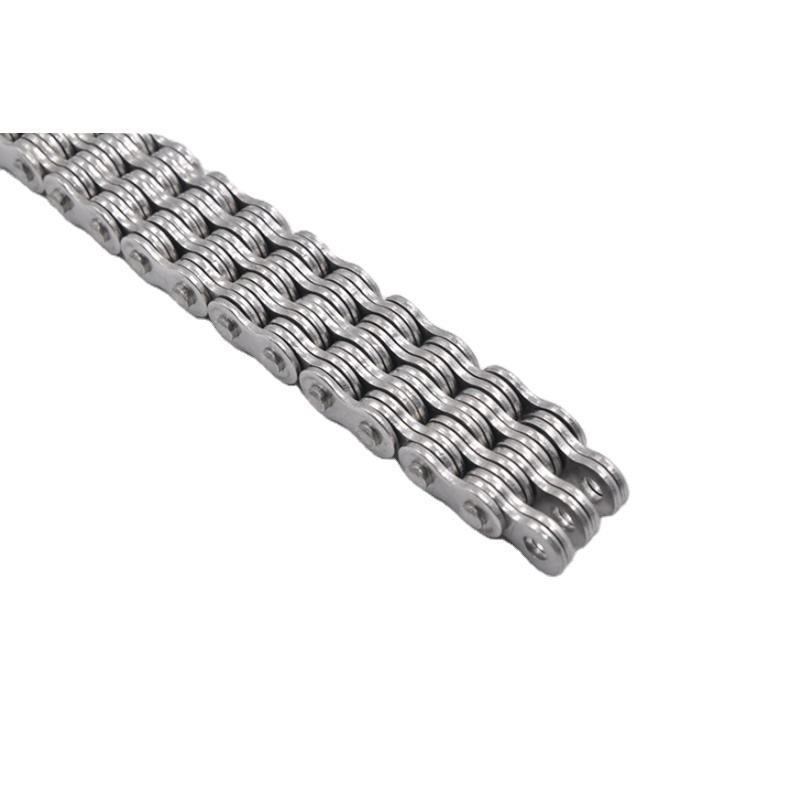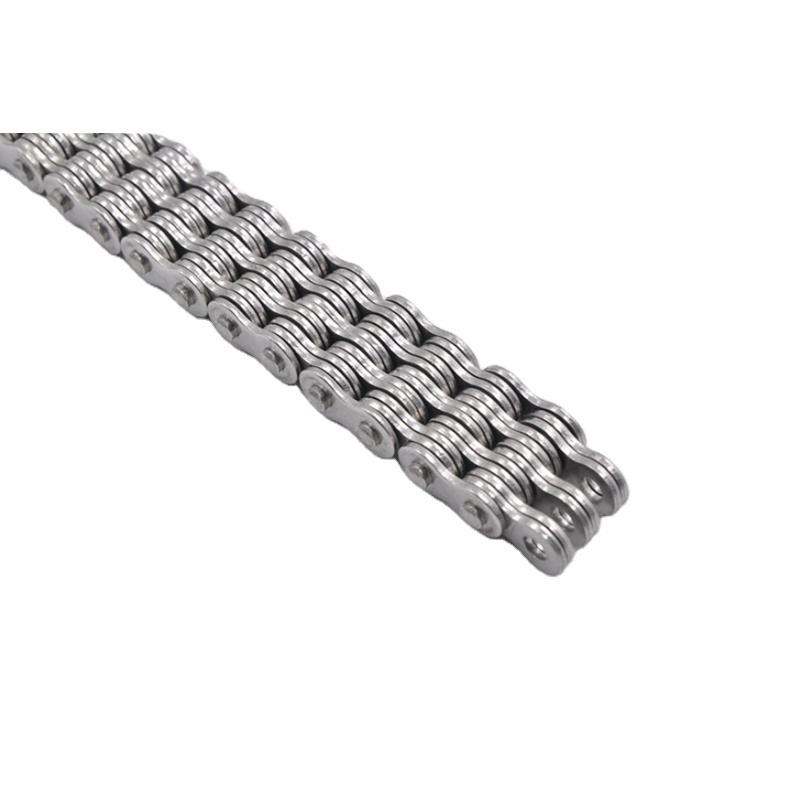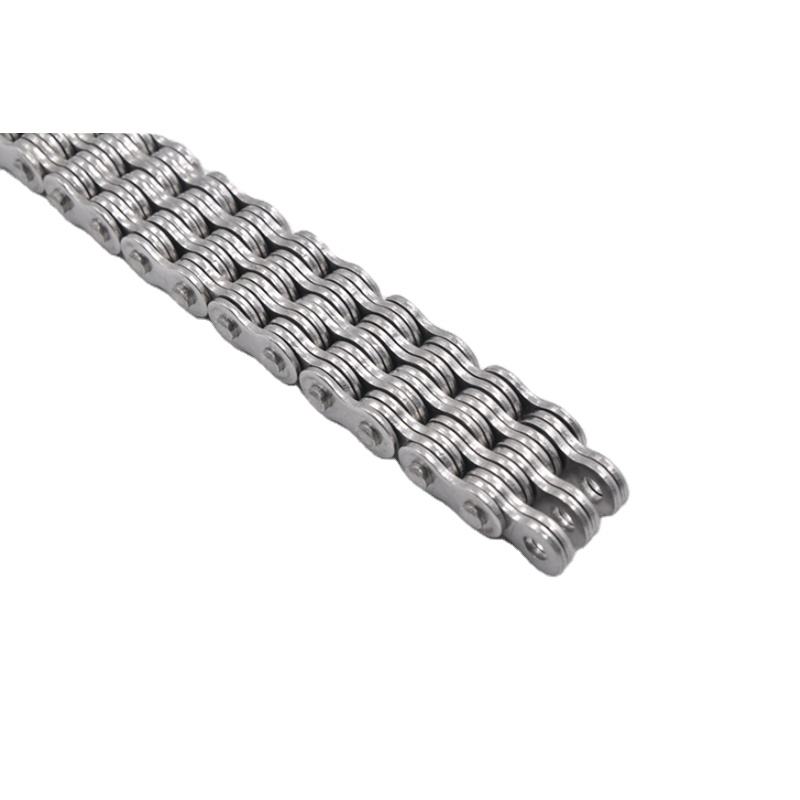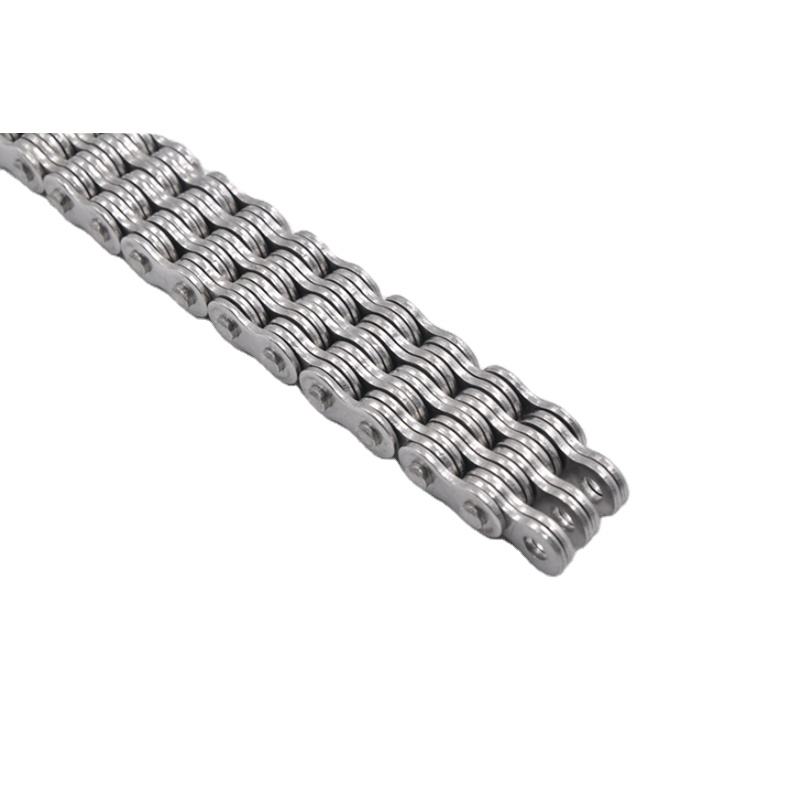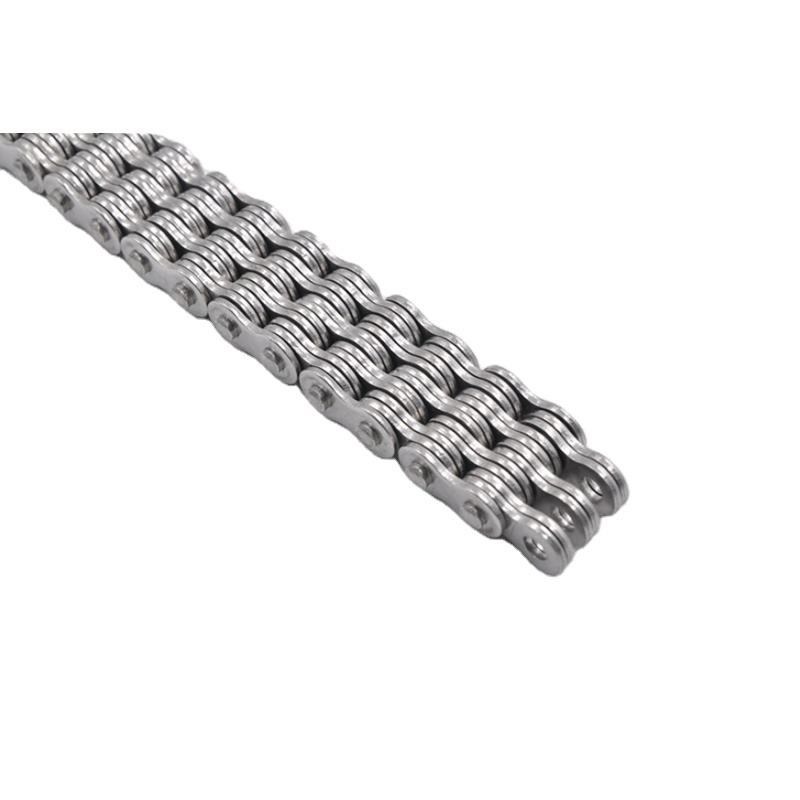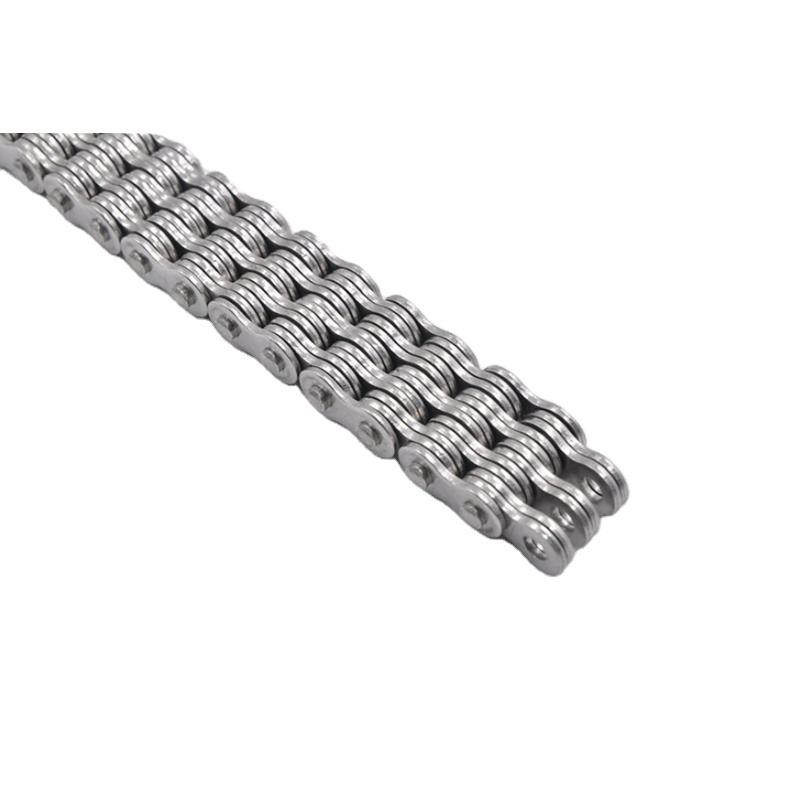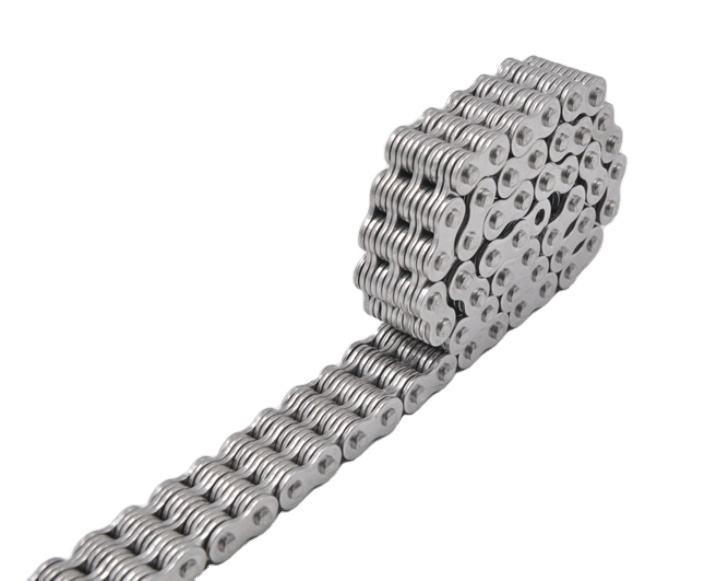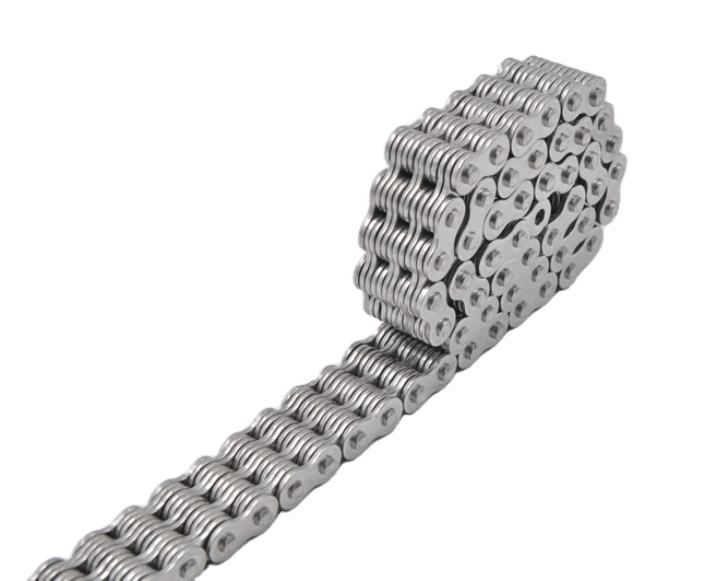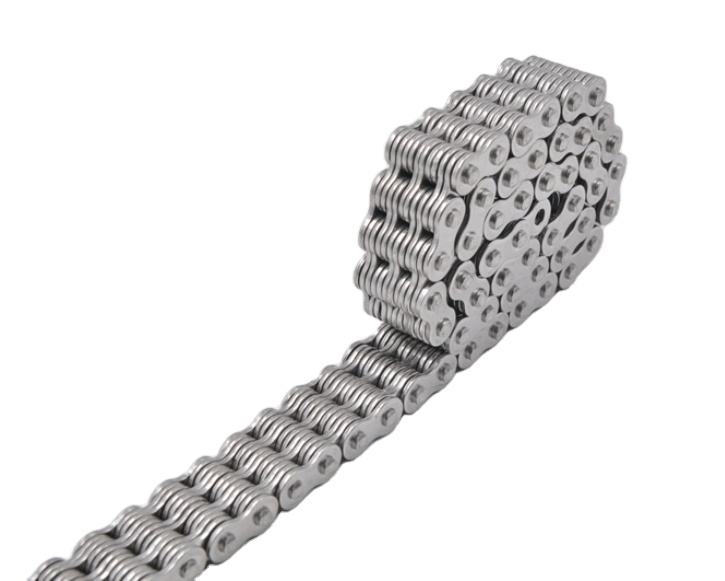Leaf chains are a critical component in various industrial and mechanical applications, known for their durability, strength, and reliability. They are commonly used in lifting, conveying, and power transmission systems where high tensile strength and resistance to wear are essential. As a specialized type of chain, leaf chains consist of stacked plates and pins, designed to handle heavy loads and harsh operating conditions. This article provides a detailed overview of leaf chains, including their key parameters, specifications, and common questions, to help you make informed decisions for your machinery needs.
Below are the detailed parameters for our leaf chain products, presented in lists and tables for clarity and professionalism.
| Chain Size | Pitch (mm) | Width (mm) | Breaking Load (kN) | Weight per Meter (kg) |
|---|---|---|---|---|
| LH0822 | 12.7 | 11.0 | 31.1 | 0.67 |
| LH0823 | 12.7 | 13.5 | 44.5 | 0.95 |
| LH0832 | 15.875 | 14.0 | 53.4 | 1.20 |
| LH0842 | 19.05 | 17.0 | 80.0 | 1.85 |
| LH0852 | 25.4 | 22.0 | 111.2 | 2.90 |
Here are some common questions about leaf chains, answered in detail to address typical concerns.
Leaf chains are widely used in industries such as construction, agriculture, manufacturing, and material handling. They are ideal for applications like forklifts, hoists, conveyors, and balers, where high strength and reliability are required to lift or move heavy loads. Their design allows for smooth operation under substantial tension, making them suitable for dynamic and static load-bearing tasks.
Choosing the correct leaf chain involves considering factors such as the maximum load capacity, operating environment, speed, and attachment requirements. Refer to the breaking load and weight specifications in the table above, and ensure the chain size matches your machinery's specifications. For corrosive environments, opt for chains with protective coatings. Consulting the equipment manual or a professional engineer is recommended for precise selection.
Regular maintenance is crucial for longevity. This includes periodic lubrication to reduce friction and wear, inspection for signs of damage like elongation, cracks, or corrosion, and proper tensioning to avoid overloading. Cleaning the chain to remove debris and applying a suitable lubricant every few months can significantly extend its service life. Always follow the manufacturer's guidelines for specific maintenance intervals.
Yes, but with limitations. Standard leaf chains can operate in temperatures up to 200°C (392°F) without significant degradation, provided they are properly lubricated with high-temperature grease. For extreme conditions above this range, special heat-resistant materials or coatings may be required. It's essential to consult the product specifications and consider factors like thermal expansion and material properties to ensure safe operation.
The lifespan varies based on usage, load, maintenance, and environment. Under normal conditions with regular maintenance, a leaf chain can last several years. Heavy-duty applications with frequent high loads may reduce this to 1-2 years. Factors like improper tension, lack of lubrication, or exposure to corrosive elements can shorten the lifespan. Monitoring wear and performing routine checks help maximize durability.
Yes, leaf chains are manufactured according to standards such as ISO 4347, ANSI B29.8, and other regional specifications. These standards ensure consistency in dimensions, strength, and performance. When purchasing, verify that the chain complies with relevant standards for your region and application to guarantee quality and safety.
Minor issues like superficial rust or slight wear can often be addressed with cleaning and lubrication. However, if there is significant elongation (超过1.5% beyond original length), cracked plates, or deformed pins, replacement is necessary for safety. Attempting to repair severely damaged chains can lead to failure and accidents. Always prioritize safety and replace chains that show critical signs of wear.
Installation involves aligning the chain with sprockets, ensuring proper tension, and securing attachments. Use appropriate tools to avoid damaging the components. Follow these steps: 1) Clean the sprockets and chain path. 2) Thread the chain onto the sprockets, making sure it seats properly. 3) Adjust tension to manufacturer specifications—not too tight to cause stress, nor too loose to skip teeth. 4) Secure any master links or attachments as per guidelines. Improper installation can lead to premature wear or failure.
Common indicators include visible elongation beyond allowable limits (measure with a chain wear gauge), rust or corrosion that compromises integrity, cracked or bent plates, unusual noises during operation, and reduced performance in lifting or moving loads. Regular inspections help detect these signs early, preventing unexpected downtime and ensuring operational safety.
Yes, we provide customization options for leaf chains, including special lengths, attachments, coatings, and materials to meet specific requirements. Whether you need chains for extreme temperatures, corrosive environments, or non-standard machinery, we can engineer solutions tailored to your needs. Contact our technical team with your specifications for a quote and design assistance.
